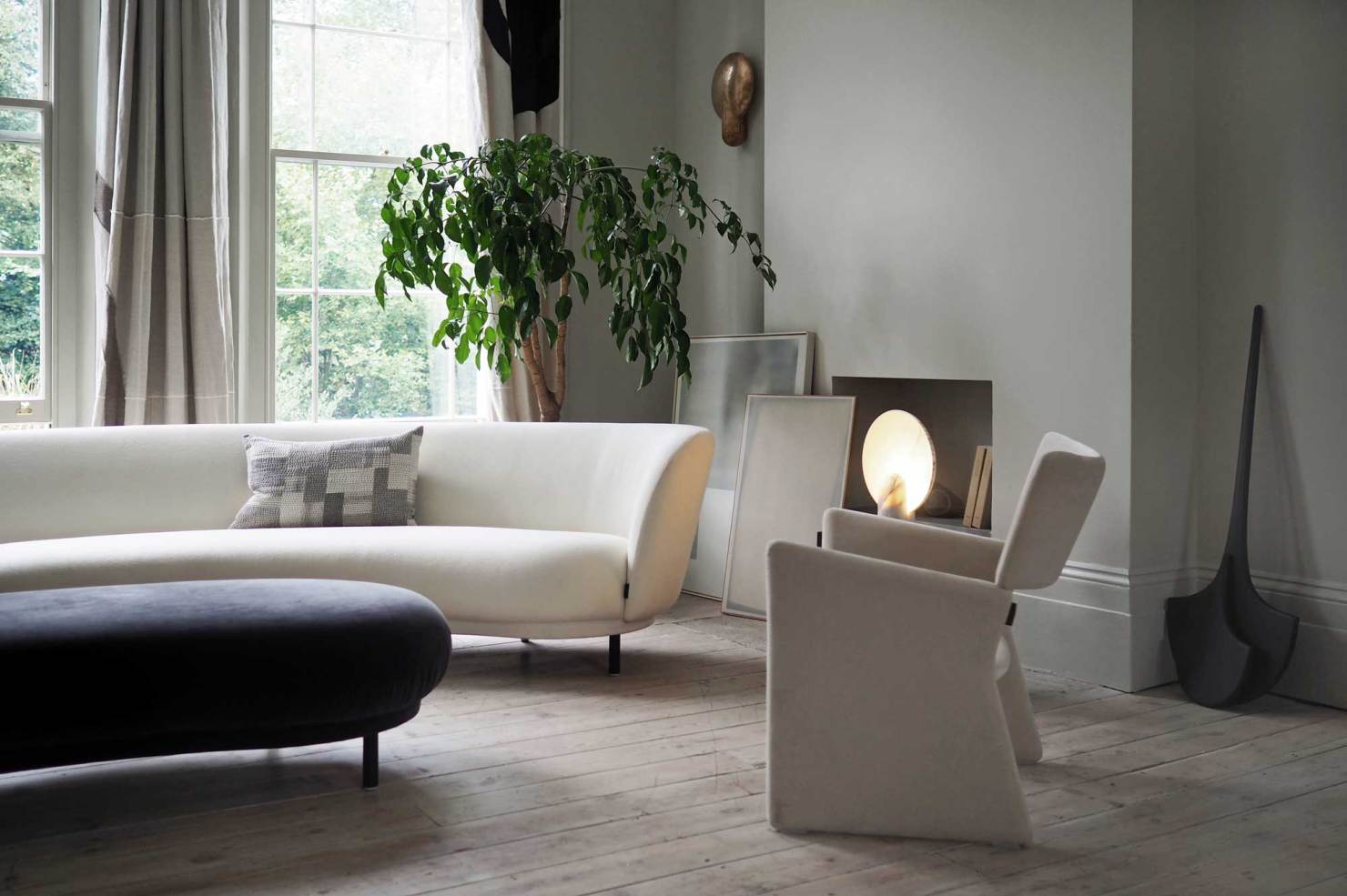Aesthetics play a big part when we are searching for design inspiration; however this is just one piece of the puzzle. There is a whole theory of psychology that relates directly to your chosen home decor; your interior design impacts your emotions and overall mood too.
Aside from just considering looks, it is important to understand the psychology behind it in order to create an ambience that lifts your mood and has a positive effect on your well-being. Here are some of the ways in which your home decor influences your emotions and some tips to create a happier feeling in your home.
Let in the light
To help increase energy and positivity, be sure to let ample natural light into your home. Natural light has vitamin D, promoting mental health. Whilst artificial light is not only costly, it zaps your energy, lowers your mood and can make it difficult for you to focus.
Decorating with mirrors can help amplify natural light and layering you indoor lighting too. This means installing different levels of lighting, giving you the option to adjust the lighting depending on your requirements.
Reflect your personality with furniture
Your choice in home furniture can be a real give away of your personality. For example, if you lean towards simplicity, quietness and calmness, the minimalist decor approach may be the path for you. This popular design trend exaggerates space in your home and helps eliminate any unnecessary clutter.
The way in which you position your home furniture can impact your mood too; things don’t always have to be symmetrical. The goal with furniture placement is to allow natural energy to flow and to achieve balance in a space. Try exploring varied textures, colours, shapes and patterns when selecting your furniture – utilising a variety of finishes will help stimulate creativity and intuition.
Colour affects your mood
Colour is powerful. Colour has the ability to influence our mood also instantaneously and can even impact our decisions. When it comes to interior design, colours play a role not just in promoting the aesthetics of a space but also in achieving a particular feel and mood.
Colours are more than just a simple visual experience, reactions to colours can be subjective and can produce specific conditioned responses. Let’s take red for example. Red often signifies power and passion and can be used to bring warmth and intimacy to a room.
Shapes, materials & texture
Just like colour, shapes, materials and textures can have certain connotations which can bring either positive or negative emotions into your home. Bold, exaggerated patterns, often seen in eclectic homes, demonstrate positivity and optimism. Whereas soft curves can help promote feelings of relaxation and work particularly well in the living room and bedroom. Whilst there must be a dominant texture to define a mood, you will want to add in a contrasting texture to instil balance.
Accesorize
Traditionally, the living room, kitchen or dining area are where family or social gatherings take place; so it makes sense to make them the “happy” places within your home. These areas are also great places to make a statement; this could be done by painting the ceiling an unexpected colour or by installing some daring abstract art as a focal point. Braving a little more drama in these areas of the home will promote a more fun, happy-go-lucky vibe.
Accessorise your home with modern pieces to really convey some of your personality. Choose pieces that you love but be careful not to clutter your space. This can evoke negative emotions and, believe it or not, can deplete energy levels in your home.
Need some more guidance on how to improve well-being in your home?

